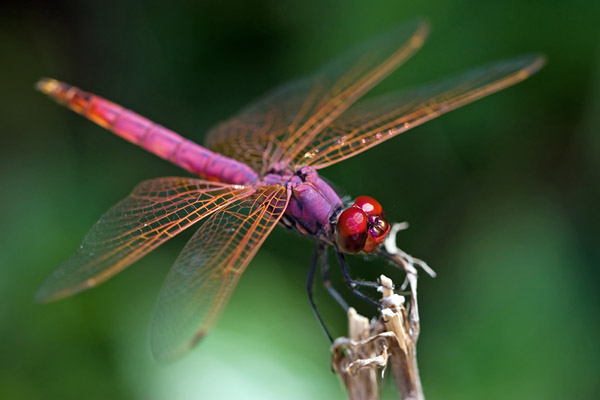Stamp: Damselflies (Saint Vincent and The Grenadines 2024)
Damselflies (Saint Vincent and The Grenadines 2024)
05 April (Saint Vincent and The Grenadines ) within release Insects of the Caribbean (2024) goes into circulation Stamp Damselflies face value 8 East Caribbean dollar
| Stamp Damselflies in catalogues | |
|---|---|
| Colnect codes: | Col: VC 2024.04.05-06b |
Stamp is square format.
Stamp from souvenir sheetAlso in the issue Insects of the Caribbean (2024):
- Stamp - Caribbean Crazy Ant face value 1;
- Stamp - Caribbean Fruit Fly face value 2;
- Stamp - Caribbean Hercules Beetle face value 3;
- Stamp - Caribbean Termite face value 4;
- Stamp - Damselflies face value 8;
- Stamp - Dragonfly face value 7;
- Stamp - Fireflies face value 6;
- Mini Sheet - Insects of the Caribbean face value 21;
- Souvenir Sheet - Insects of the Caribbean face value 15;
- Stamp - Jewel Beetles face value 5;
Stamp Damselflies it reflects the thematic directions:
Animals are multicellular, eukaryotic organisms of the kingdom Animalia (also called Metazoa). All animals are motile, meaning they can move spontaneously and independently, at some point in their lives. Their body plan eventually becomes fixed as they develop, although some undergo a process of metamorphosis later on in their lives. All animals are heterotrophs: they must ingest other organisms or their products for sustenance.
A dragonfly is a flying insect belonging to the infraorder Anisoptera below the order Odonata. About 3,000 extant species of dragonflies are known. Most are tropical, with fewer species in temperate regions. Loss of wetland habitat threatens dragonfly populations around the world. Adult dragonflies are characterised by a pair of large, multifaceted, compound eyes, two pairs of strong, transparent wings, sometimes with coloured patches, and an elongated body. Many dragonflies have brilliant iridescent or metallic colours produced by structural coloration, making them conspicuous in flight. An adult dragonfly's compound eyes have nearly 24,000 ommatidia each.
Insects (from Latin insectum, a calque of Greek ἔντομον [éntomon], "cut into sections") are a class (Insecta) of hexapod invertebrates within the arthropod phylum that have a chitinous exoskeleton, a three-part body (head, thorax and abdomen), three pairs of jointed legs, compound eyes and one pair of antennae. They are the most diverse group of animals on the planet, including more than a million described species and representing more than half of all known living organisms. The number of extant species is estimated at between six and ten million, and potentially represent over 90% of the differing animal life forms on Earth. Insects may be found in nearly all environments, although only a small number of species reside in the oceans, a habitat dominated by another arthropod group, crustaceans. The life cycles of insects vary but most hatch from eggs. Insect growth is constrained by the inelastic exoskeleton and development involves a series of molts. The immature stages can differ from the adults in structure, habit and habitat, and can include a passive pupal stage in those groups that undergo 4-stage metamorphosis (see holometabolism). Insects that undergo 3-stage metamorphosis lack a pupal stage and adults develop through a series of nymphal stages. The higher level relationship of the Hexapoda is unclear. Fossilized insects of enormous size have been found from the Paleozoic Era, including giant dragonflies with wingspans of 55 to 70 cm (22–28 in). The most diverse insect groups appear to have coevolved with flowerin plants.



